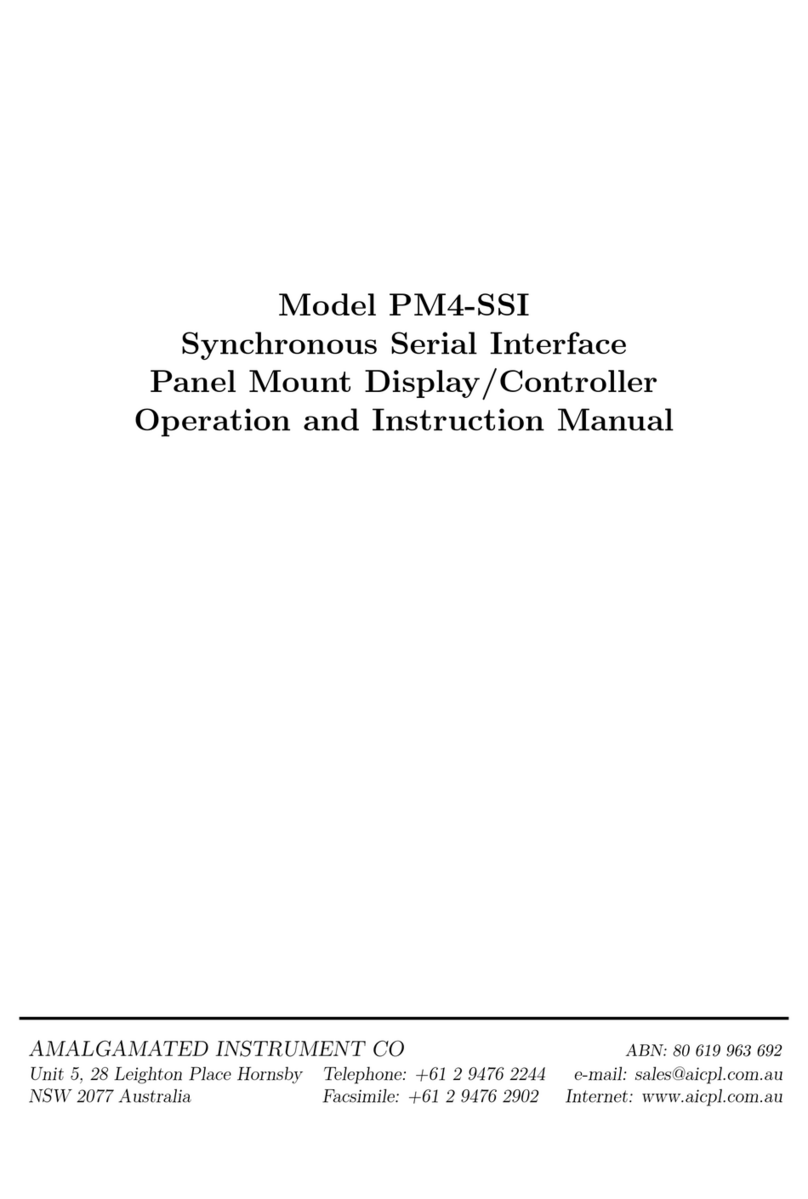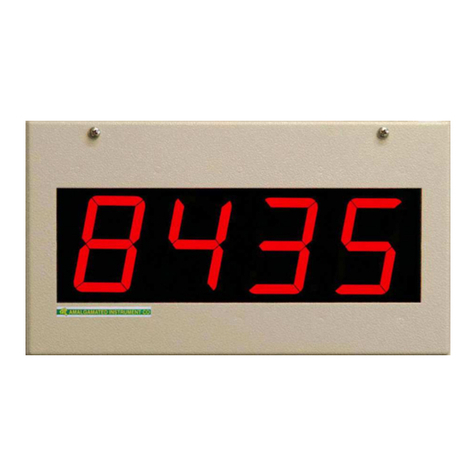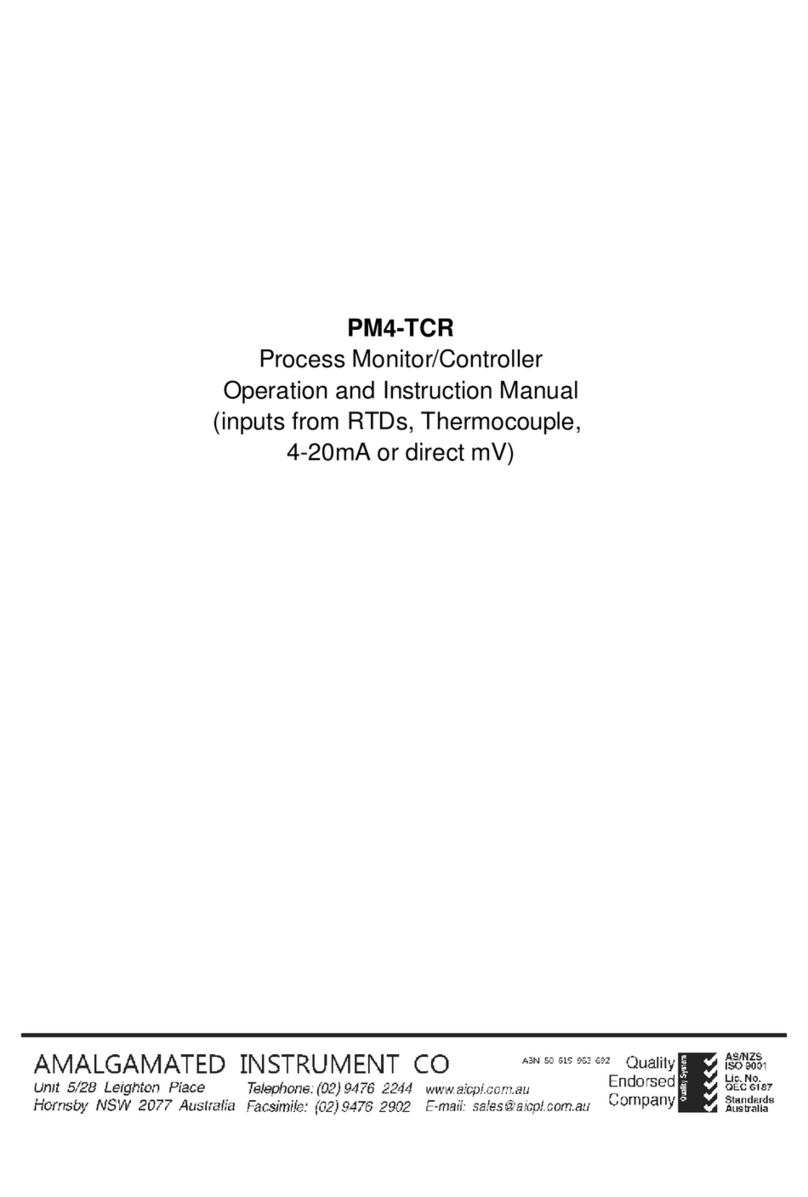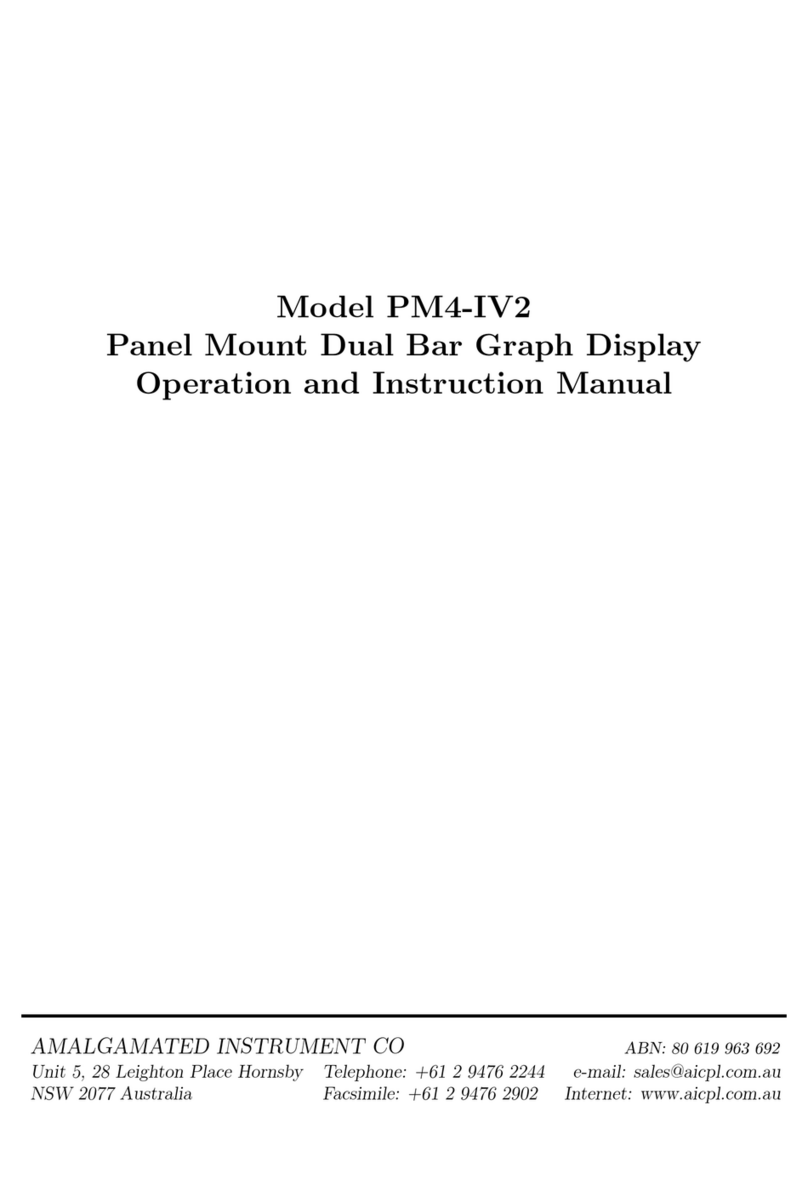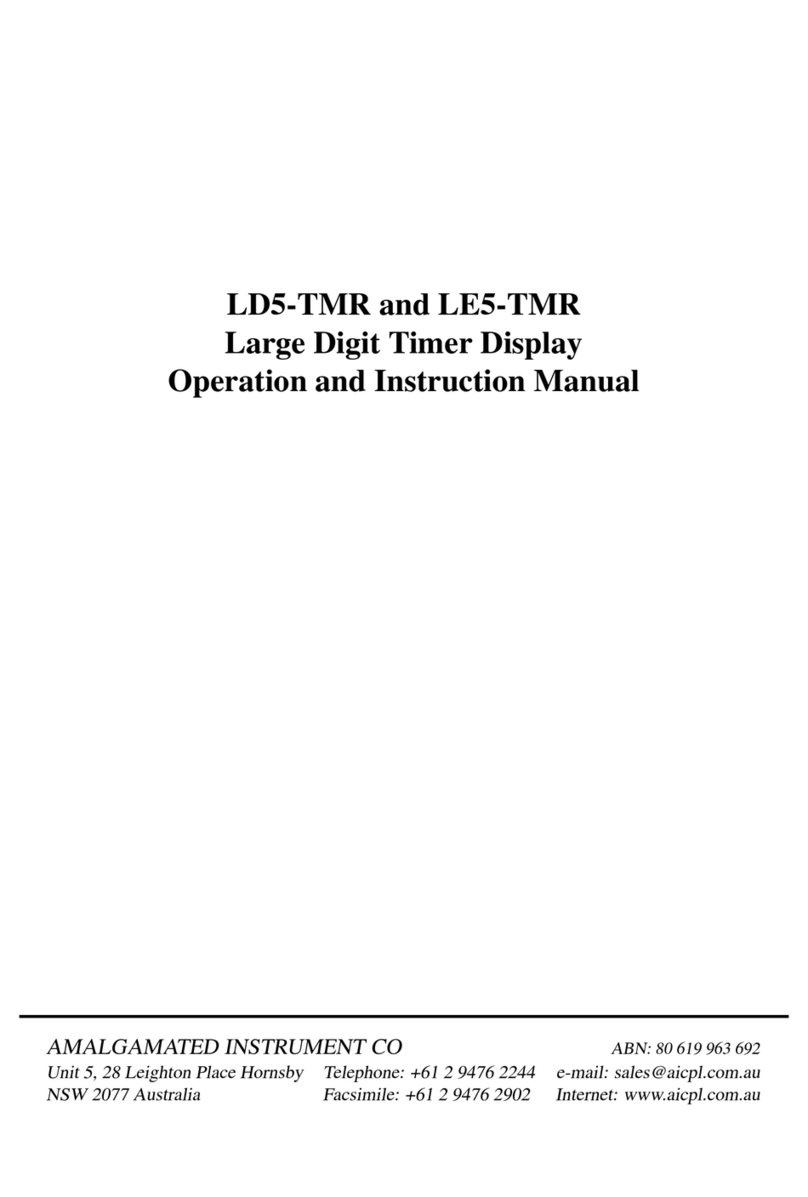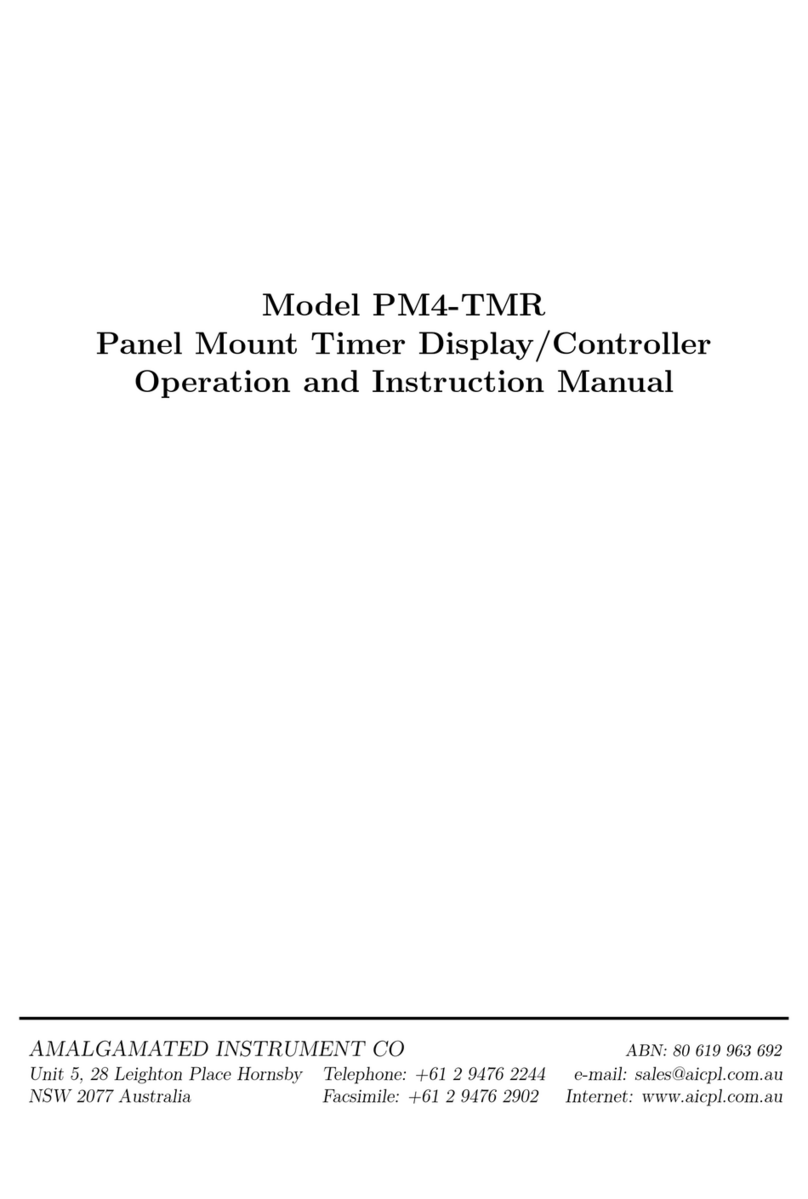
The remote input mode uses the same access method as the Easy mode but also requires that one of
the available remote inputs is set to ACCS and that the selected remote input is activated i.e. shorted
to GND. The default access for this level is NONE so the access level will need to be changed if
access via this method is required.
P F
Press and
hold F for
approx.
3 seconds
Also requires that the selected
remote input is set to ACCSS
and is activated.
Remote input
mode
•PIN 1 mode - Allows access to the level set by the USr.1 LEUL function in the ACCS menu.
The PIN 1 mode requires the Fbutton is pressed and released then within 2 seconds press the ^
and vbuttons at the same time. The PIN can be set via the Pin.1 CodE function in the ACCS
menu. A USr.1 LEUL setting of 0disables the PIN which means that there is no need to enter
the PIN. If the USr.1 LEUL function has been set to a number other than NONE then the first
function seen when entering via PIN 1 mode will be the function CodE. When this function is
seen the PIN value set at the USr.1 LEUL function must be entered via the ^or vpushbuttons
followed by pressing Fto accept the PIN before the user can progress to the setup functions.
P
P
F
F
Press and
release F then:
If a PIN has been set the
message Code will be seen.
Use ^ or v to enter the PIN
then press F to accept the PIN.
Press and
release Up
and Down
simultaneously
PIN 1
and
PIN 2
mode
•PIN 2 mode - Allows access to the level set by the USr.2 LEUL function in the ACCS menu.
This method uses the same access method as PIN 1 mode above. A Pin.2 CodE setting of NonE
disables the PIN. If the USr.1 LEUL or a USr.2 LEUL function has been set to a number other
than NonE then the first function seen when entering via PIN 1/PIN2 mode will be the function
CodE. When this function is seen the PIN value set at the USr.1 LEUL function can be entered
for access to the level set at the Pin.1 ACCS function or enter the USr.2 LEUL PIN to gain
access to the level set at the Pin.2 ACCS function. A correct code will allow access to the
functions at the selected level. An incorrect code will result in the FUNC End message being
seen indicating that access to setup functions has been refused and the display will return to normal
measurement mode.
•Super Cal mode - This method can be used to gain access to all functions. If a PIN has been set and
forgotten use this method to access the PIN functions to check the settings. To access via Super Cal
mode with the instrument switched off hold in the Fbutton whilst the instrument powers up. Keep
the button pressed until the S.CAL message is seen, you can then release the Fbutton. Next press
and release Fthen within 2 seconds press and release the ^and vpushbuttons simultaneously.
6of72 LD5RSMAN-2.0-0
